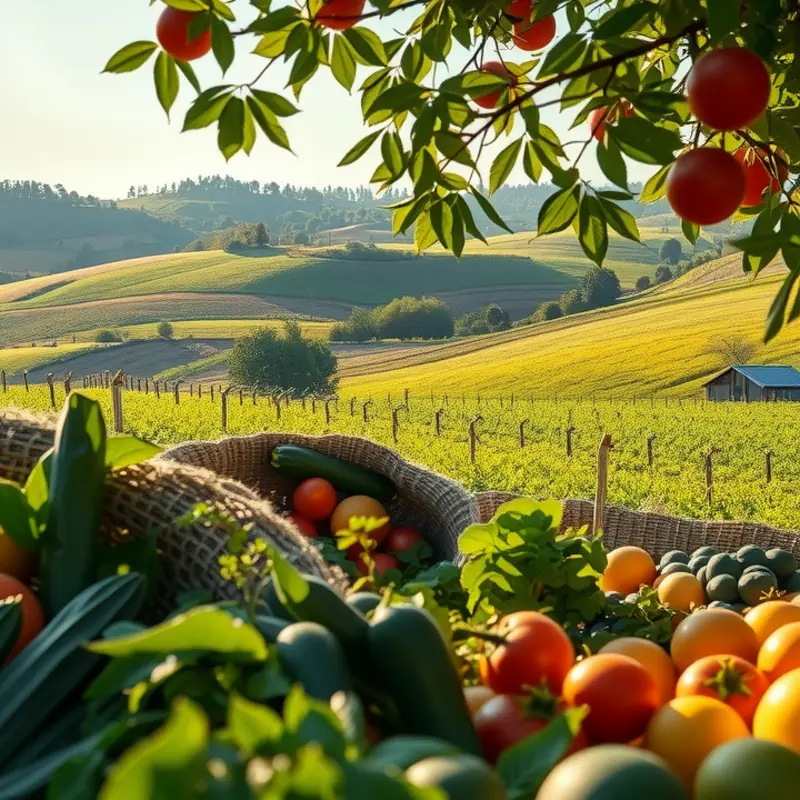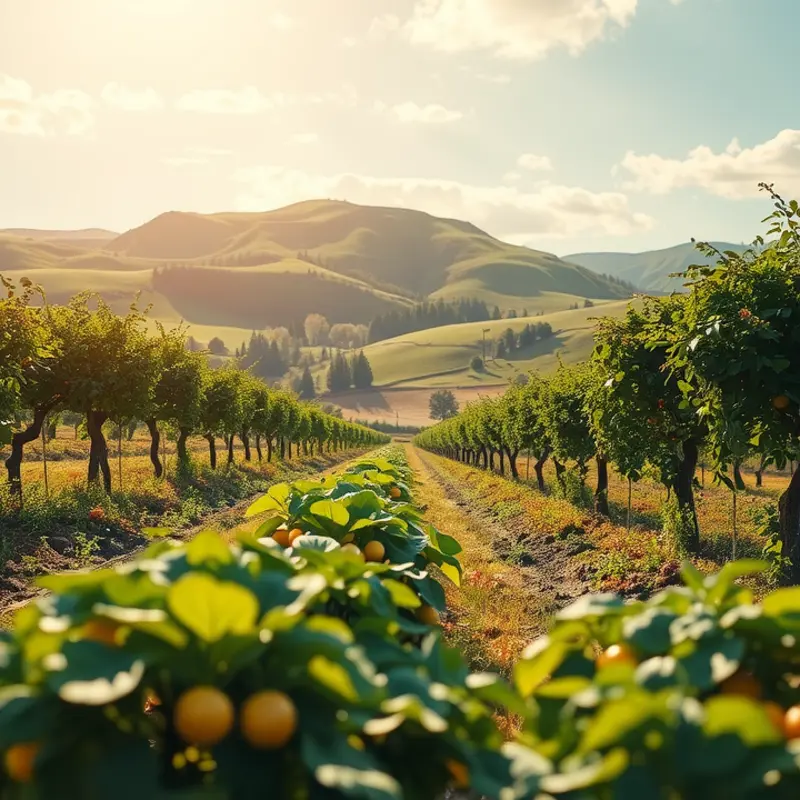Understanding temperature control in the kitchen is crucial for achieving delicious results. Whether you are baking bread, frying chicken, or simmering sauces, knowing how to manage heat will elevate your cooking. This guide provides practical strategies to help home cooks at any level master their kitchen’s temperature, ultimately leading to improved dishes and enhanced confidence.
Understanding Temperature Basics

When it comes to cooking, mastering temperature is crucial. Temperature affects how food cooks, its texture, and flavor. To navigate your kitchen with confidence, understand the types of heat: conduction, convection, and radiation.
Conduction is direct heat transfer from one substance to another through contact. Imagine braising a piece of meat in a pot, where the heat from the stove first transfers to the pot and then to the meat. Understanding conduction is key for tasks like grilling or sautéing.
Convection occurs when heat is transferred through a fluid, which could be air or a liquid. In an oven, the hot air circulates around the food, cooking it evenly. This method is optimal for roasting and baking, where consistent heat is important for even results.
Radiation involves heat transfer through electromagnetic waves, such as grilling or the modern convenience of a microwave. Harnessing radiation helps achieve desirable crusts or rapid heating.
Equipping your kitchen with tools to measure temperature precisely can elevate your cooking. Use digital instant-read thermometers for meats or an oven thermometer to check your oven’s accuracy. Knowing safe internal temperatures, such as 165°F (74°C) for poultry, ensures not only safety but optimal flavor and texture.
Various cooking methods require specific temperature ranges to achieve the best results:
-
Roasting: Typically involves cooking at high temperatures, ranging from 375°F to 450°F (190°C to 232°C). This allows caramelization, enhancing flavors and creating a crispy exterior.
-
Frying: Requires maintaining the oil at a steady 350°F to 375°F (177°C to 190°C). The right temperature ensures a crunchy, non-greasy exterior with a well-cooked interior.
-
Baking: Generally needs temperatures between 325°F to 375°F (163°C to 190°C). Precision is vital as fluctuations may cause uneven baking or poor rise in baked goods.
Different ingredients require unique temperature considerations. Butter, for instance, melts around 90°F (32°C), but caramelizes at 320°F (160°C). Recognizing these characteristics aids in technique like browning butter or creating caramel.
For enthusiasts exploring alternative cooking methods, such as sous vide, precise low-temperature settings allow cooking without risk of overcooking. The technique highlights the importance of exact temperature control to transform texture and flavor.
A deeper understanding of temperature variations can further enhance your kitchen skills. Reading about eco-smart kitchen storage provides insight into preserving flair and freshness, marrying sustainability with culinary prowess.
Navigating temperatures with informed expertise transforms cooking from a chore to an art. The ability to fine-tune your environment increases not only the flavor but also the joy found in the kitchen. As you gain confidence, you will find that a well-managed kitchen temperature truly empowers and excites culinary creativity.
Practical Tips for Maintaining Temperature Control

Mastering the art of temperature control in your kitchen is essential for cooking success. Start by understanding your stove settings, which can vary from low to high and everything in between. Some stoves have numerical indicators, while others may have only markings. Knowing how these settings correspond to actual temperature changes allows you to adjust the heat more accurately. For instance, when a recipe calls for medium-high heat, you should be aiming for a setting just below the maximum, but not excessively high, to retain control over the cooking process.
Using a food thermometer is not just a safety measure but a temperature tool to guide your cooking. Whether you’re aiming for a perfectly medium-rare steak or ensuring your chicken is cooked through, thermometers provide precision. Digital thermometers are generally faster and provide more accurate readings than analog ones. Always make sure the sensor is positioned at the thickest part of the meat to avoid misleading readings.
Practices like searing and resting require a keen sense of timing and temperature management. Searing meat is not simply about high heat; it’s about the quick application of high heat to create a flavorful crust, followed by appropriate cooking at lower temperatures. After cooking, resting allows the internal juices to redistribute, resulting in a moister dish. The carryover cooking effect during resting highlights how resting contributes to final doneness without additional heat.
Proper pre-heating applies to both your oven and pans. An adequately pre-heated oven ensures even cooking, crucial for baking and roasting. Use an oven thermometer to confirm the accuracy of your oven’s dial. Similarly, pre-heating pans before adding food prevents sticking and helps achieve the desired sear on meats.
Cooking temperatures need adaptability based on environmental conditions. On a hot day, grilling may require adjustments to prevent overcooking; lower the temperature or move items to indirect heat once searing is achieved. Conversely, in cooler weather, you might need to extend cooking times or use heat-enhancing accessories, like lids or oven vents, to maintain consistent cooking environments.
By understanding these elements of temperature control, you’re more equipped to make split-second decisions that can save a dish. For those interested in reducing waste while maintaining safety, the article Low-Waste Cooking and Prep offers valuable tips that complement your newfound temperature mastery, ensuring both quality results and resourcefulness in your kitchen endeavors.
Final words
Temperature is a fundamental aspect of cooking that cannot be overlooked. By mastering the basics and implementing practical tips, you’ll find that your dishes become more delicious and consistent. Whether you’re an aspiring chef or a casual cook, understanding temperature control helps minimize errors and maximizes your kitchen experience. Embrace these approaches and watch your confidence and culinary skills flourish. Remember, every great dish starts with mastering the heat!







